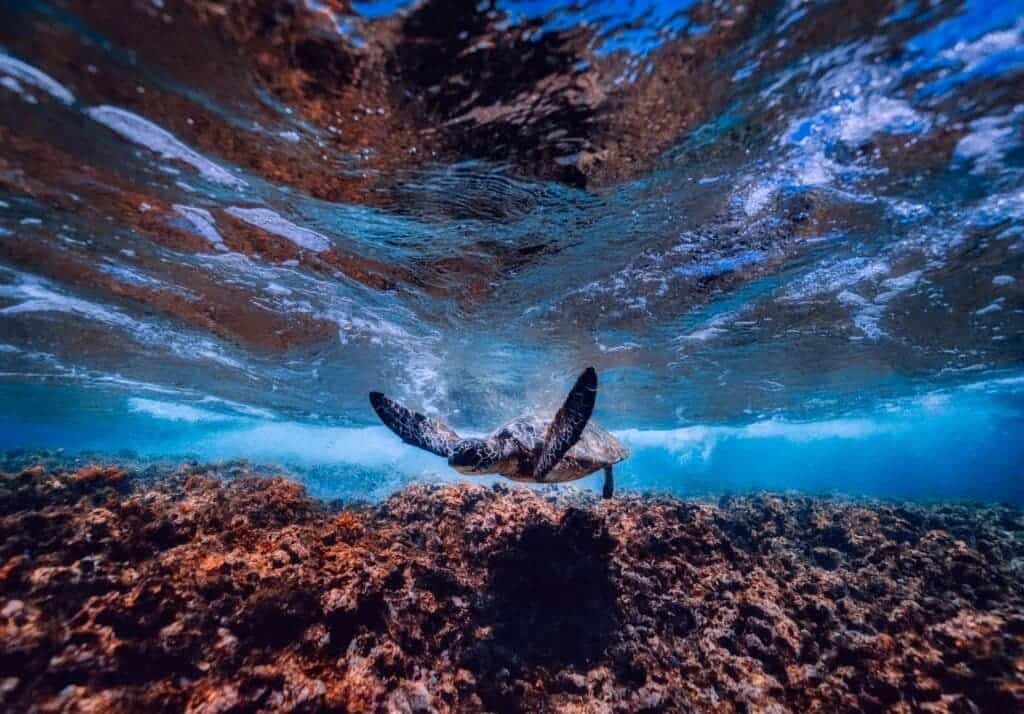One of the first signs that climate change is already upon us came from heat-stressed corals. Now, new research aims to help us understand which species need protection the most.

Corals form sprawling reefs below the ocean’s surface, which provide food and shelter for a myriad of species. They are a very important link in marine ecosystems and a very useful indicator for their health. But they’re also being slowly killed by the heat. When corals experience an environment that is too hot for too long they ‘evict’ bacteria they share their chalky bodies with. They can recover from such bleaching events if they’re not too frequent. Sadly, however, climate change is making multiple bleaching events take place in quick succession, pushing corals way beyond their breaking point.
New research aims to address the issue by allowing us to tell which coral reefs are at risk of bleaching before such events take place — an ounce of prevention is worth a pound of cure, after all.
Deadly hot
“This is similar to a blood test to assess human health,” said senior author Debashish Bhattacharya, a distinguished professor in the Department of Biochemistry and Microbiology in the School of Environmental and Biological Sciences at Rutgers University-New Brunswick. “We can assess coral health by measuring the metabolites (chemical byproducts) they produce and, ultimately, identify the best interventions to ensure reef health.”
“Coral bleaching from warming waters is an ongoing worldwide ecological disaster. Therefore, we need to develop sensitive diagnostic indicators that can be used to monitor reef health before the visible onset of bleaching to allow time for preemptive conservation efforts.”
The new approach could help us tell exactly which species of coral need special care and protection from climate change, the authors explain. Around 500 million people depend on reefs or reef-supported ecosystems around the world, so such a tool would be no mean feat.
Apart from higher average water temperatures (which lead to bleaching but also higher water acidity), corals and coral reefs need to contend with rising sea levels (which threaten their access to sunlight), unsustainable fishing (which can physically damage the reefs and damages the ecosystem’s balance), invasive species, impacts from crafts or marine debris, and natural events such as cyclones.
The study looked at how Hawaiian stony corals respond to heat stress to identify the metabolites that indicate the organisms are under stress. They used the heat-resistant Montipora capitata and heat-sensitive Pocillopora acuta corals, which were placed in seawater tanks at the Hawai’i Institute of Marine Biology for several weeks under warm conditions. The chemicals they produced were then compared to those of other corals not subjected to heat stress.
“Our work, for the first time, identified a variety of novel and known metabolites that may be used as diagnostic indicators for heat stress in wild coral before or in the early stages of bleaching,” Bhattacharya said.
The team is hard at work replicating their findings in a larger-scale experiment — so far, they say, the results are quite promising. Their end goal is to create a “coral hospital” featuring a new lab-on-a-chip device, which can monitor the organisms’ health in real time.
The paper “Metabolomic shifts associated with heat stress in coral holobionts” has been published in the journal Science Advances.


